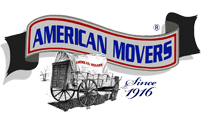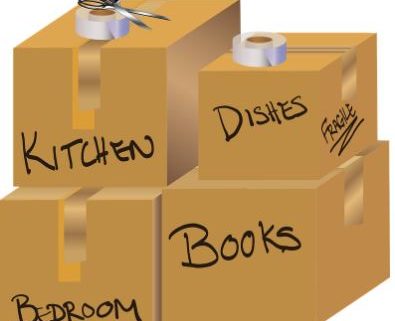Painless Packing: Tips and Techniques
Like it or not, effective packing is critical to any move. But what exactly is good packing? If you wrap things carefully, cushion your items properly to avoid shock, use sturdy cartons and make sure they’re tightly packed so nothing rattles inside, and limit each box’s weight for easy handling – then you’ve packed well!
Now you may choose to expand your moving budget and hire professional packers to do the job (moving companies usually include this in their menu of services). Or you can save money and do the packing yourself. While this may take additional time out of your moving schedule, it is eminently doable, especially if you go about it in a smart and efficient way. Here’s how:
Start with a good attitude.
Keep calm and take a breath. Look at packing not just as a way of hauling your stuff out of your old house and into the new – but also as a way to declutter and simplify your life. It’s a perfect opportunity to get rid of ten-year-old magazines, yellowing houseplants, grade-school books, Betamax tapes, and sixties’ wardrobe. This is especially relevant if you’re moving to a smaller residence.
Be prepared.
Getting started is half the battle. The trick is to give yourself enough time (at least six weeks before your moving date) to get organized. “Starting” involves deciding what you will take with you and what you will get rid off…and collecting the packing supplies you’ll need (boxes, tapes, label stickers, storage bags, bubble wraps, protective pads, wrapping paper, cushion foams etc). It also includes making an inventory list you can check against not just to make sure that everything that should be moved was moved, but also to fulfill moving insurance requirements.
Don’t forget the labels.
Oh yes, labeling is packing’s twin. Labeling helps you immediately identify which box contains what – and make sense out of all the chaos that ensues when all these boxes are dumped onto your new location. It also provides movers with any special instructions. “Fragile” and “Top-Bottom”, for example, will go a long way in preventing unwanted mishaps. Be sure to mark each box with the room it belongs to (e.g., “kitchen”) and a complete list of the box’s contents.
Some quick and easy packing tips
- Set aside a packing area in your house where you can keep your empty boxes and supplies and stack your packed boxes. Clear an area for give-away items too.
- Start packing the rooms and items that you use list, then belongings that you use infrequently and finally, just before moving day, the things that you use daily.
- Empty drawers of items that break or spill, but keep blankets, towels, sweaters, and other soft, lightweight items inside.
- Keep parts of items together – securely tying smaller parts to the bigger items they belong to.
- Pack the heaviest stuff in the smallest box, the lightest stuff in the biggest box.
- Cushion box contents – especially fragile items like glassware – with lots of padding (crumpled paper, bubble wrap or styrofoam).
- Use newspaper only to cushion, not to wrap, as the ink can rub off and stain your items.
- Make sure box contents don’t shift by packing the box tightly and using packing material to fill any empty space
What you should never forget – and never pack
Indeed, there are some things that you shouldn’t let out of your sight. They’re not just irreplaceable, but their loss could really put you in a tight spot. So always hand-carry – and never pack – the following: all legal documents, from marriage/birth certificates to insurance policies, from house and car titles to stock certificates, from valuable jewelry to items of sentimental value, from wills and health-proxy documents to contracts and leases.



